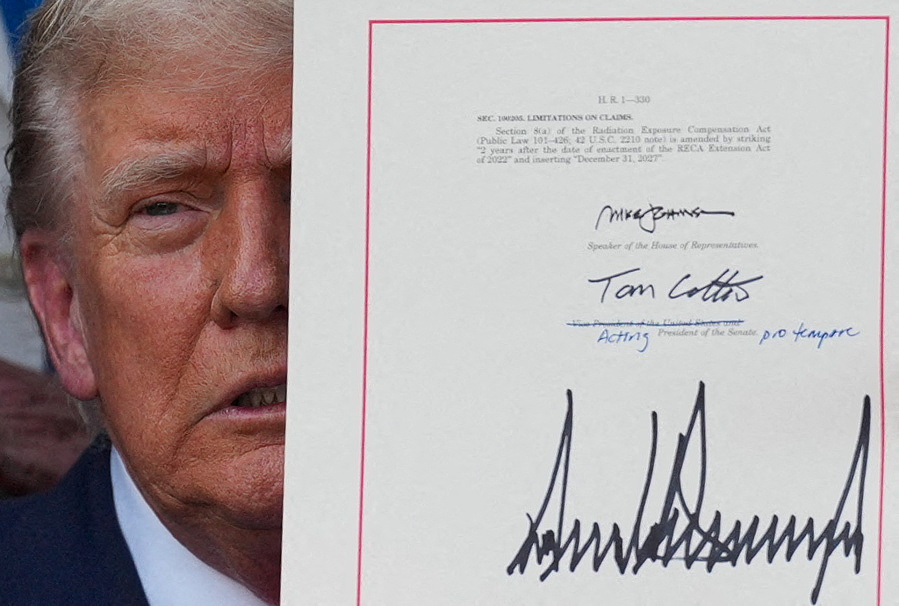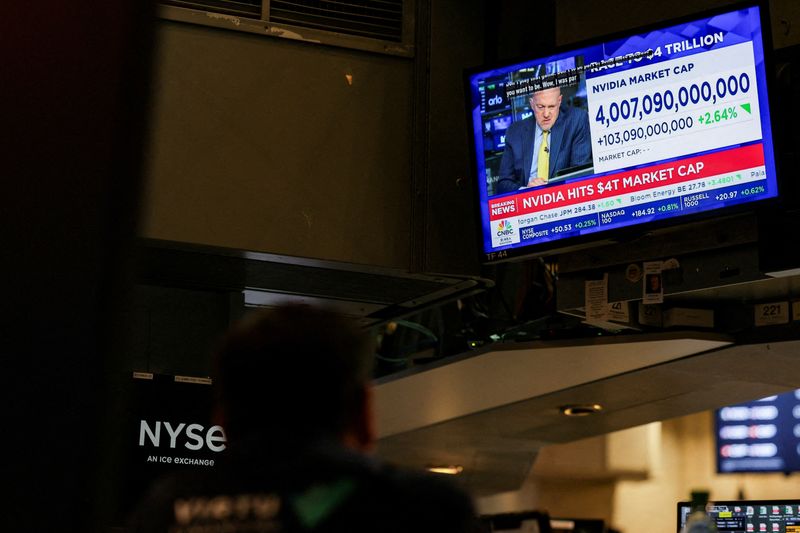
U.S. Producer Prices Fall Despite Tariff Impacts
April Producer Price Index Decline
The Producer Price Index (PPI) experienced a notable 0.5% decline in April, marking the sharpest monthly drop since 2020, according to data from the Bureau of Labor Statistics. This unexpected decrease contrasts with economists’ forecasts of a 0.2% rise and follows a flat reading in March. On an annual basis, PPI growth slowed to 2.4% from 3.4% the previous month.
The primary drivers of this decline were trade services and wholesale costs. Trade services, which measure changes in margins for wholesalers and retailers, dropped by 1.7%, significantly impacting overall PPI. Additionally, wholesale food prices fell by 1%, with egg prices plunging nearly 39% due to improved supply conditions following last year’s bird flu outbreak. These figures highlight the growing pressure on businesses to manage costs amid volatile market conditions.
Tariff Effects on Inflation and Spending
Higher tariffs have increasingly burdened U.S. businesses, squeezing profit margins and leading to downstream effects on consumer spending. The introduction of new trade policies has raised input costs, forcing companies to absorb expenses or pass them on to consumers. Retail sales data for April showed a mere 0.1% growth, a sharp deceleration from March's 1.7% increase, as consumers adjusted to elevated prices.
Automotive sales, in particular, contracted by 0.1% after a prior surge in March as buyers rushed to avoid tariffs. Excluding autos, retail sales rose by 0.1%, reflecting broader spending fatigue. Economists warn that as businesses continue to grapple with tariff-induced cost pressures, consumers may face higher prices in the coming months, further tempering spending levels.
Future Inflation and Economic Outlook
Federal Reserve Chair Jerome Powell cautioned that the U.S. economy may face "frequent, potentially persistent supply shocks," which could complicate inflation management and monetary policy decisions. These supply disruptions, coupled with ongoing tariff policies, pose a significant risk to price stability.
Economists predict that inflation could spike later in the year as businesses pass higher input costs onto consumers. While the latest Consumer Price Index data showed a cooling of inflation to 2.3% in April, the delayed effects of tariffs on consumer goods are expected to materialize in the months ahead. Policymakers will need to balance these inflationary pressures against slowing economic growth, creating a complex environment for future rate decisions.
 Sources
Sources- Powell warns volatile inflation latest data shows impact tariffs | CNN Business
 cnn
cnn - wholesale prices dropped 0.5% month despite President Trump's tariffs
 yahoo
yahoo - Tariffs Slow Retail Spending Producer Prices Post Sharpest Drop 2020 Tariffs Weigh April Retail Sale
 benzinga
benzinga - producer prices unexpectedly fall April
 yahoo
yahoo
- Powell warns volatile inflation latest data shows impact tariffs | CNN Business
 cnn
cnn - wholesale prices dropped 0.5% month despite President Trump's tariffs
 yahoo
yahoo - Tariffs Slow Retail Spending Producer Prices Post Sharpest Drop 2020 Tariffs Weigh April Retail Sale
 benzinga
benzinga - producer prices unexpectedly fall April
 yahoo
yahoo




